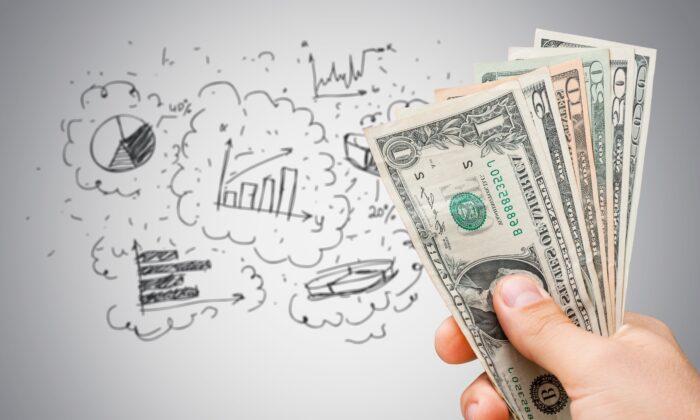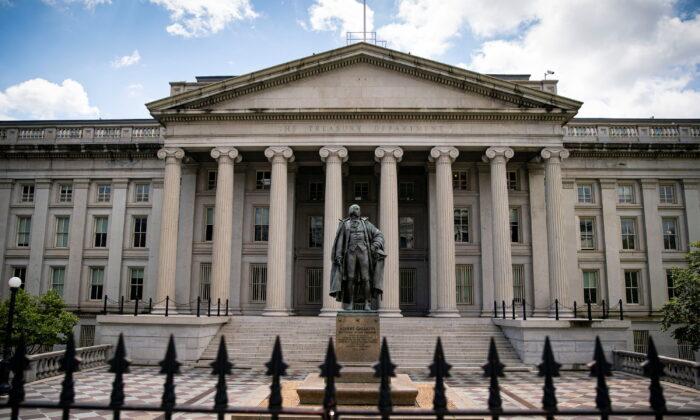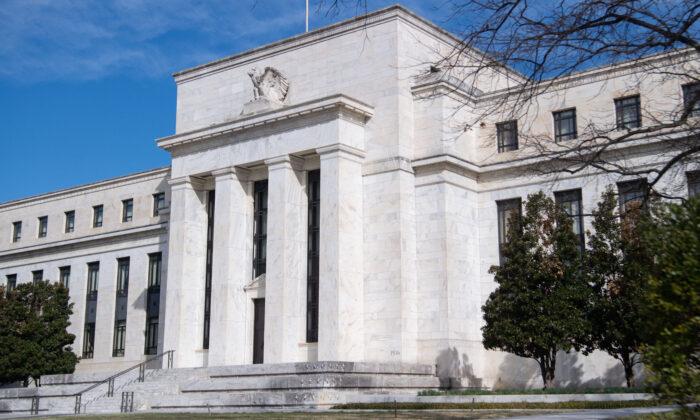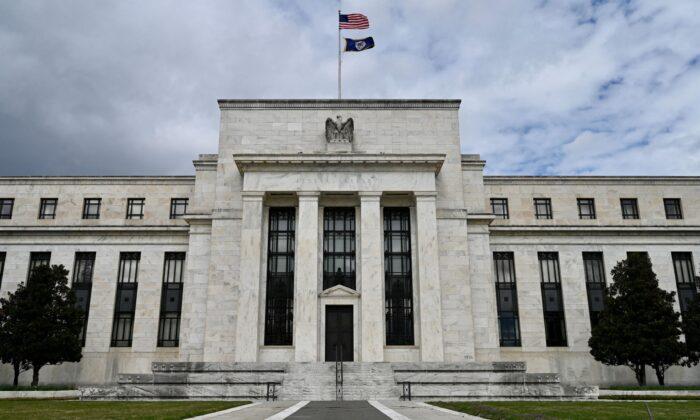Recently, the Administration started taking a victory lap on deficit reduction. Of course, the deficit remains the bully-pulpit of fiscal conservatives, so going into a midterm election, it is not surprising to see it used for political advantage.
“The bottom line is the deficit went up every year under my predecessor, before the pandemic and during the pandemic. And it’s gone down both years since I’ve been here–period. That’s–they’re the facts.
“And why is it important? Because bringing down the deficit is one way to ease inflationary pressures in an economy where a consequence of a war and gas prices and oil and food and–it all–it’s just a different world right this moment because of Ukraine and Russia. We reduce federal borrowing and we help combat inflation.
Deficit History
During most of the past 122 years, the U.S. economy ran with very little or no deficit. However, President Ronald Reagan engaged in significant debt use to restart economic growth, following two back-to-back recessions. This was Keynesian economic theory in action as the government engaged in spending to jumpstart economic growth.It worked. However, politicians only heard the “spend money” part.
Following Reagan, each administration used debt to fund mostly unproductive investments, increasing the federal deficit. Not surprisingly, the consequence of increasing debt and deficits was slower economic growth.
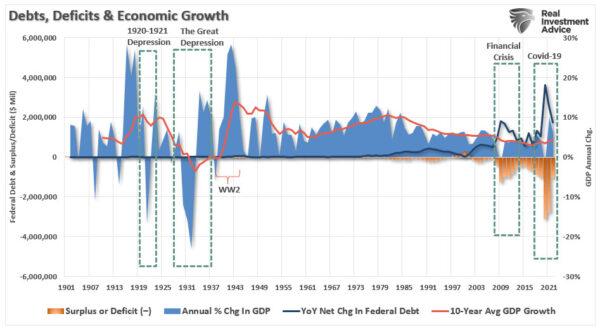
Notably, the decline in economic prosperity adds deflationary pressures on the economy. The surge of inflation is not a function of more robust economic growth, as seen previously. Instead, it was a direct result of the surge in deficit spending by the government during the pandemic.
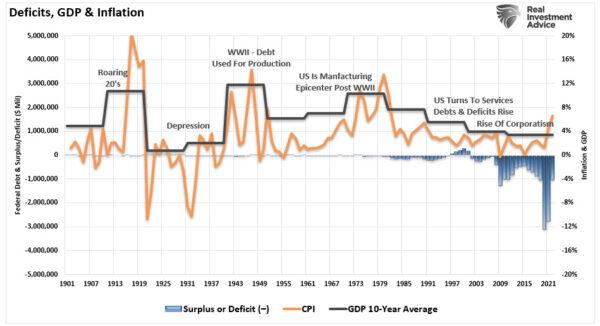
“Not surprisingly, the massive surge in money supply flooding the system during an ‘economic shut down’ created a demand glut against a constrained supply.
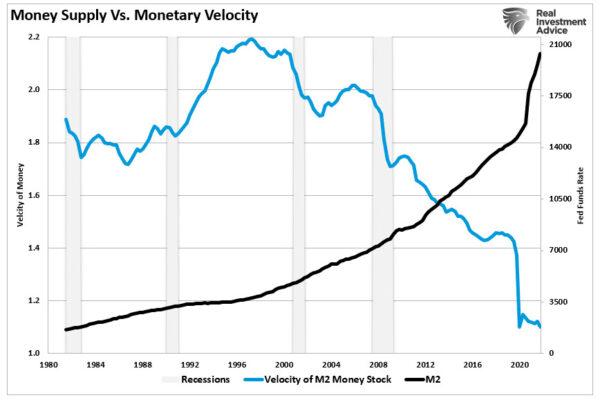
Deficit Reduction by Accident
While Biden takes credit for the deficit reduction, it is not due to any actions taken to reduce spending. It was, by all measures, a function of reversion to the mean. As shown below, the deficit is reverting to its long-term linear trend. Given that trendline continues to decline, it suggests the current administration is spending more than its predecessors.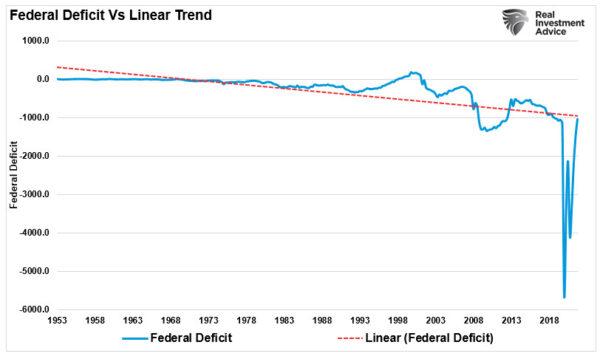
As noted, this was a point made in the CBO report. To wit: “By the time inflation comes under control, the federal budget deficit will balloon once again. It is on course to hit $2 trillion annually by the end of the decade.
“The new economic and budgetary outlook released by the Congressional Budget Office ... forecasts steady if unspectacular economic growth for the next 10 years, falling inflation rates, and climbing budget deficits. The report projects that ’the current economic expansion continues, and economic output grows rapidly over the next year.' But the government continues to spend more than it collects in tax revenue, driving annual budget deficits to $1.7 trillion by 2028 and $2.3 trillion by the end of the 10-year budget window in 2032.”As the CBO projects, after the brief respite of money excess, the deficit resumes growing over the next decade.
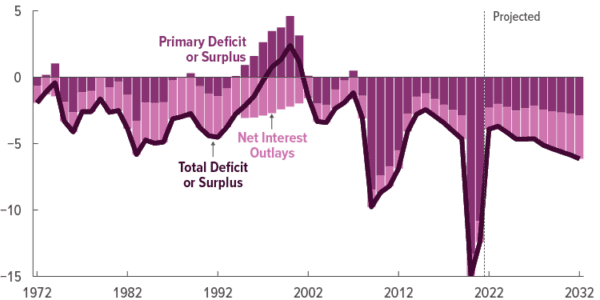
However, this all assumes there will be NO recession in the next 10 years.
Debts and Deficits Do Matter
Biden is taking credit for the evaporation of $5 trillion in monetary liquidity. However, he overlooks $5 trillion in additional debt, used to fund those “stimulus checks,” which remain “on the books.”Washington has a long-standing addiction to debt. Every year, we continue to pile on more debt, expecting economic growth to follow. As the CBO projects, federal debt will top 180 percent of GDP by 2052, assuming no recessions in the next decade. The reality is that debt will likely reach those levels sooner than projected.
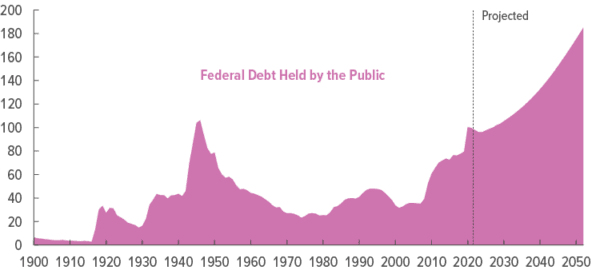
Such reckless abandon by politicians is simply due to a lack of “experience” with the consequences of debt.
“Excessive indebtedness acts as a tax on future growth and it is also consistent with Hyman Minsky’s concept of ‘Ponzi finance,’ which is that the size and type of debt being added cannot generate a cash flow to repay principal and interest. While the debt has not resulted in the sustained instability in financial markets envisioned by Minsky, the slow reduction in economic growth and the standard of living is more insidious.”As Hunt notes, as debt-funded government spending increases, the “multiplier effect” becomes more negative over time.
So, while the president touts the deficit reduction, it will be only a momentary decline. The deficit will rise as additional debt increases continue. The outcome will be a negative impact on Americans, through slower economic growth and declining prosperity.
This is not likely the outcome most Americans are voting for.
